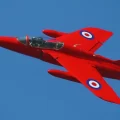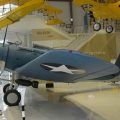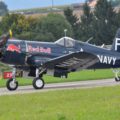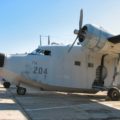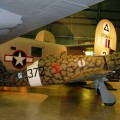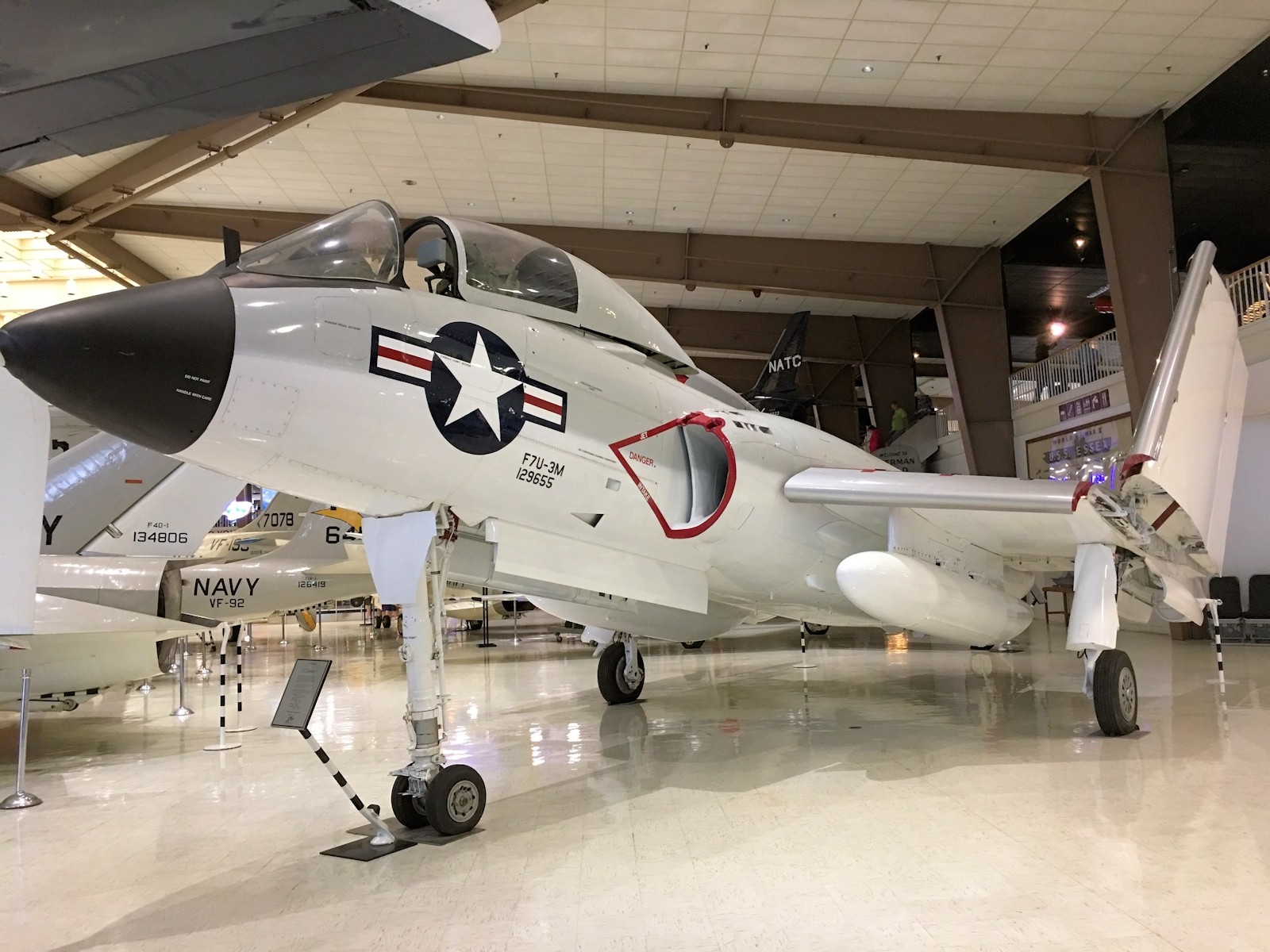
Vought F7U Cutlass | |
|---|---|
| Riik | USA |
| Rolli | Mereväe multirole võitleja |
| Esimene lend | 29 September 1948 |
| Ehitatud | 320 |
2007 Vought F7U Cutlass was a United States Navy carrier-based jet fighter and fighter-bomber of the early Cold War era. It was a tailless aircraft based on aerodynamic data and plans captured from the German Arado company at the end of World War II, though Vought designers denied any link to the German research at the time. The F7U was the last aircraft designed by Rex Beisel, who was responsible for the first fighter ever designed specifically for the U.S. Navy, the Curtiss TS-1 of 1922.
Allikas: Vought F7U Cutlass Vikipeedias
| F7U-3M Cutlass Walk Around | |
|---|---|
| Fotograaf | Fotios Rouch |
| Lokaliseerimine | Teadmata |
| Fotod | 27 |
Seotud komplektid:
Leia komplektid eBayst:
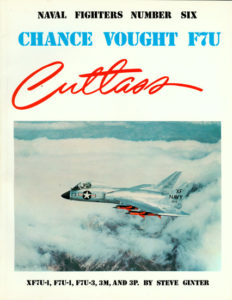
The Vought F7U Cutlass was a jet fighter aircraft developed by the United States Navy in the late 1940s and early 1950s. It was one of the first naval fighters to incorporate swept wings, tailless design, and jet engines with afterburners. The Cutlass was intended to be a high-performance carrier-based fighter that could perform a variety of roles, such as air superiority, interception, ground attack, and reconnaissance.
However, the Cutlass suffered from numerous technical and operational problems that plagued its development and service. The aircraft was difficult to fly, had poor handling characteristics, and was prone to engine failures and structural failures. The Cutlass also had a low combat readiness rate and a high accident rate, resulting in the loss of 25% of the 320 aircraft built and the deaths of 21 pilots. The Cutlass was soon replaced by more reliable and capable fighters, such as the F9F Panther and the F4D Skyray. The Cutlass was retired from active service in 1959, and only a few examples survive in museums today.
Vaadatud : 2118

